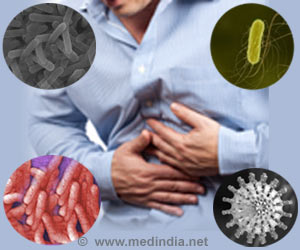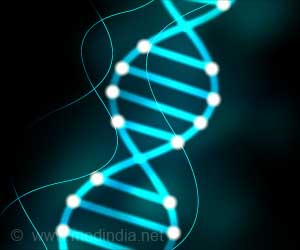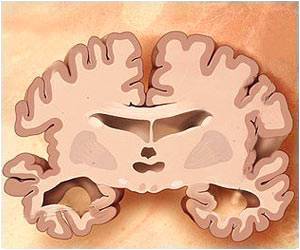Scientists proved in a study some gastrointestinal bacteria can lead to severe infections leading to mortality, due to attraction to the nutrients in blood serum

Bacterial vampirism mediated through taxis to serum
Go to source). In addition, the process of chemotaxis and the presence of the chemoreceptor Tsr give them the advantage to outcompete others and migrate into enterohaemorrhagic lesions.
This newly discovered phenomenon has led scientists to call it as “bacterial vampirism”.
‘Gastro-intestinal bleeding poses a significant strain on humans, impacting approximately 40-150 out of every 100,000 individuals every year, with a mortality rate varying between 6% and 30%. #Bloodserum #Bacterialinfection #medindia’





Advertisement
What is Blood Serum?
The blood serum is a complex biological fluid that has elements that can either promote or halt bacterial proliferation. It is a rich source of nourishment for bacteria, including sugars and amino acids in millimolar quantity, as well as crucial metals such as iron and zinc.Advertisement
How do the Enteric Bacteria Feed in Humans?
The immune system normally resolvesThe serum is rich in nutrients that can either promote or interfere with bacterial growth. The bacteria exhibit a strong attraction towards serine, an amino acid present in human blood and commonly used in protein drinks.
Why do some Microbes Respond Differently?
It was unclear how the enteric pathogens would respond to the serum when exposed to a liquid environment.To understand this, studies were conducted to comprehend how Enterobacteriaceae species use their sensing mechanism to provide a response to the serum. The study further evaluated the molecular mechanism of this reaction and the use of chemosensing to move into the enterohemorrhagic lesions.
The study results, which were published in the journal eLife, offer fresh perspectives on the mechanisms behind bloodstream infections and potential treatment options.
Details of the Study
Arden Baylink, a professor at WSU’s College of Veterinary Medicine and corresponding author for the study said, “Bacteria infecting the bloodstream can be lethal,”. He added, “We learned some of the bacteria that most commonly cause bloodstream infections sense a chemical in human blood and swim toward it.”Baylink and Siena Glenn, the lead author of the study discovered three distinct bacteria strains, namely Salmonella enterica, Escherichia coli, and Citrobacter koseri, which are attracted to human serum. These bacteria strains are known to be a significant contributor to the mortality rate among individuals suffering from inflammatory bowel diseases (IBD), affecting approximately 1% of the population. Such patients frequently suffer intestinal bleeding, which serves as potential entry points for these bacteria to invade the bloodstream.
Baylink designed a high-powered microscope system called the Chemosensory Injection Rig Assay (CIRA). The scientists replicated intestinal bleeding by injecting minuscule quantities of human serum into a pond of bacteria, and observed the bacteria's movement towards the source, using the microscope designed by Baylink.
Study Findings
During the investigation, the scientists established that Salmonella has a distinct protein receptor known as Tsr, which allows the bacteria to detect and navigate toward the serum. The protein crystallography method was used to observe the intricate interactions between the protein's atoms and serine. The researchers believe that serine, one of the chemical components found in blood, is among the substances that the bacteria detect and utilize for nourishment.It was also noted that the affinity of Enterobacteriaceae towards serum corresponds to a growing comprehension of how bacterial chemotaxis can lead to a preference for areas with injured tissue, trauma, and inflammation.
Glen said, “By learning how these bacteria are able to detect sources of blood, in the future we could develop new drugs that block this ability. These medicines could improve the lives and health of people with IBD who are at high risk for bloodstream infections”.
Reference:
- Bacterial vampirism mediated through taxis to serum- (https://elifesciences.org/reviewed-preprints/93178v2)
Source-Eurekalert












